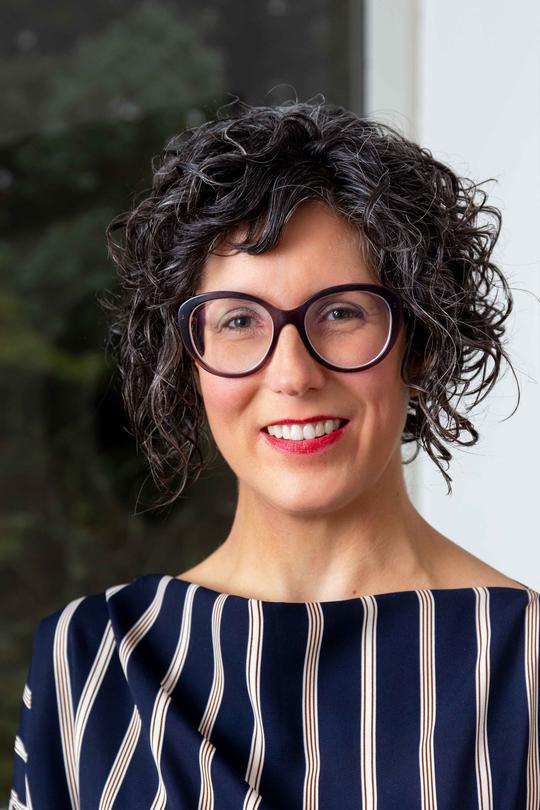Art Museum curator Katherine Bussard Reflects on her Visiting Professorship in Ireland

In late 2021, Katherine Bussard, the Peter C. Bunnell Curator of Photography at the Princeton University Art Museum, spent six weeks as a visiting professor at the University College Dublin, at the invitation of Emily Mark-Fitzgerald, associate professor and head of the School of Art History and Cultural Policy there. Bussard taught, gave talks, undertook research and met with scholars. Bussard’s most recent exhibit for the art museum and its accompanying book, Life Magazine and the Power of Photography in 2020 was met with critical acclaim. Bussard discusses her time in Ireland and what she learned.
What drew you to Ireland?
There's a burgeoning interest in photography in Ireland at this moment. In the past three years, for example, the National Gallery of Ireland has started collecting photography for the first time ever. Other institutions, like the Irish Museum of Modern Art, have been collecting photography for as long as they've been in existence, which is 30 years. One of the most memorable parts of the experience was the opportunity to bring all these people together. The scholars who were teaching, publishing and collecting photography were rarely in the same room together. Emily Mark-Fitzgerald and I convened a professional workshop to facilitate conversations with everyone from both the Republic of Ireland and Northern Ireland who thinks about and teaches from photography. This overlap of researching and teaching from photography is precisely why I was a good fit. Coming from the Princeton University Art Museum, that overlap is the bread and butter of my days. I was able to meet virtually with experts from a host of institutions and to foster some incredible conversations about what might be possible in our field and how collaboration can serve us all. I'm excited to see where they will go with it because it felt like one of those gatherings that was very much to be continued.
You also spent some time on a new research project while you were there.
I did. It is still in the earliest stages, so I will talk about it in the broadest terms. I read and did research related to my next exhibition and book project for Princeton, which will materialize in the new museum after it opens in late 2024. Broadly speaking, it will look at photography's intersection with social concerns. I visited a number of collections, and I had an especially inspiring conversation with a curator at the Ulster Museum about its permanent exhibition on The Troubles. It was as illuminating about the historically charged objects on display as it was about the ways in which those objects had come to be on view. It was wonderful to hear how the community had been involved in putting that exhibition together since some of the objects were from local individuals.
A lot about the curators’ methods were interesting to me. For example, when the National Gallery of Ireland started collecting photographs three years ago, they very intentionally decided to collect only photographs made in Ireland of Irish people. And that decision is one that is completely logical for the National Gallery of Ireland and also completely fascinating because that's not a way in which I've ever thought about acquisitions — in part because our Museum’s collections are globe-spanning.
Why do you think it is important to study photography?
We've hit a moment when the vast majority of people have a camera with them at all times and are using it whenever they want. So there is this ubiquity to photography. We trade photos, sometimes within seconds of making them. Something I continue to find powerful is the way photography can feel like a visual medium that everyone already knows. In our image-immersive world, what I see when I work with either visitors to the museum, or faculty and students, is that there's less of a perceived barrier to engagement when it comes to photography. My hope is that this mode of art-making that we all have in our pockets allows visitors to walk into a place like our Museum, see a photograph on the wall and walk right up to that photo and engage. From there they can step to the left or the right and they can take in a sculpture, painting, stained glass, or ceramic vessel. My constant goal for photography in the Princeton University Art Museum is that it offers a familiar welcome.
